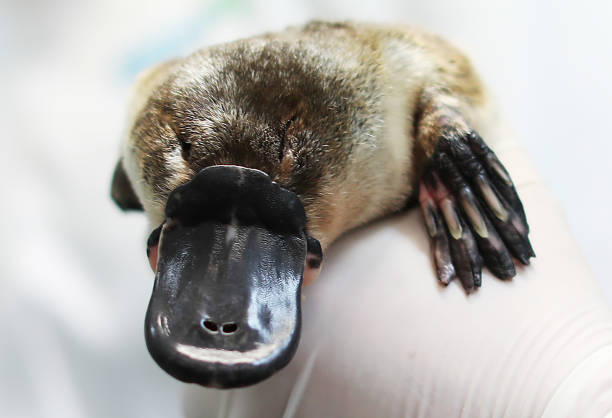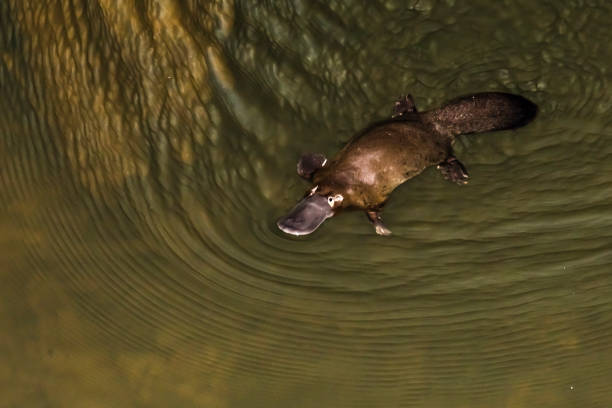
1. Mammal or Not?
The Platypus challenges our understanding of mammals. It lays eggs, a trait usually associated with reptiles and birds, yet it is a warm-blooded mammal that produces milk to feed its young. This peculiar combination of features makes the Platypus a biological enigma.

2. Duck-Billed Wonder:
Sporting a duck-like bill, the Platypus’s unique appearance is a blend of features from different animals. The bill is not just for show; it’s equipped with electroreceptors, allowing the Platypus to detect the electrical signals produced by the muscles and nerves of its prey underwater.
3. Webbed Feet and Aquatic Lifestyle:
Unlike most mammals, the Platypus is an excellent swimmer with webbed feet and a streamlined body. It spends much of its time in the water, where it hunts for aquatic invertebrates, small fish, and insect larvae.
4. Venomous Spurs:
One of the most astonishing features of the Platypus is the presence of venomous spurs on its hind legs. Males have a spur capable of delivering painful venom during the breeding season. This venom is not lethal to humans but can cause severe pain and swelling.

5. No Stomach, No Problem:
The Platypus challenges digestive norms. It lacks a true stomach, and food is broken down in its intestines. This adaptation is thought to be an energy-efficient way to process the crustaceans and insects that make up its diet.
6. Night Owl or Daydreamer?
Platypuses are primarily crepuscular, meaning they are most active during dawn and dusk. This unique activity pattern allows them to avoid predators while still making the most of their semi-aquatic lifestyle.
7. Elusive in the Wild:
Despite being an iconic Australian species, spotting a Platypus in the wild is a rare and elusive experience. They are known for their secretive nature, making them a challenge to observe in their natural habitat.
8. Conservation Concerns:
Platypuses face conservation challenges, including habitat loss and changes in water quality. Efforts are underway to better understand and protect these intriguing creatures, ensuring their survival for future generations.

In summary, the Platypus stands out as one of the world’s most interesting animals, captivating scientists and nature enthusiasts alike. Its combination of mammalian, reptilian, and avian features, along with unique behaviors and adaptations, make the Platypus a fascinating marvel of nature. As we continue to unravel the mysteries of this extraordinary creature, the Platypus remains an icon of the diverse and wondrous world we share with the animal kingdom.










